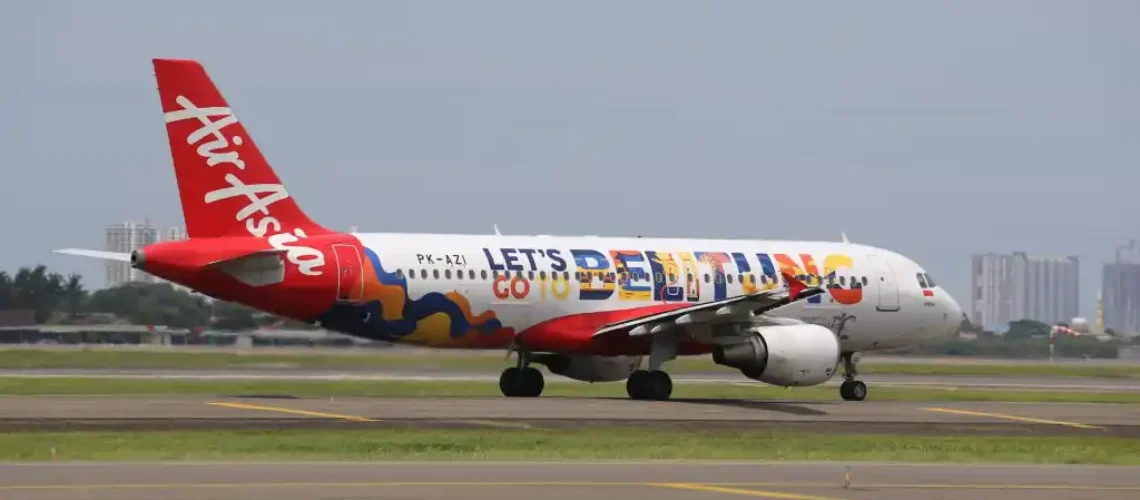Worldwide passenger levels are growing quicker than expected, despite a slower recovery in Asia-Pacific. Global air passenger figures could return to 2019 levels earlier than previously expected, with Rob Morris, Global Head of Consultancy at Ascend by Cirium, predicting that it could happen as soon as October 2023. Morris presented his assessment, based on revenue passenger kilometers (RPK), at last week’s ISTAT Asia conference in Bangkok.
When looking at averages for the year as a whole, 2023’s overall figures are expected to be 6% down on those seen in 2019, but 2024 will see an 8% increase compared to pre-pandemic levels.
Asia-Pacific markets continue to lag behind other regions. Many Asian countries were later to ease strict travel restrictions put in place as a result of the pandemic, hampering the recovery of their aviation markets. The region’s figures as a whole are heavily reliant on Chinese traffic, a country that only reopened its borders to international travelers in January 2023. However, even since then, many international airlines have been slow at restoring flights, with the number and variety of services still lagging way behind the levels seen in 2019.
Looking ahead to August 2023, Morris predicts that Asia-Pacific international traffic will still be down 23% compared to the same month in 2019, with China expected to be the worst performer, down 68%, followed by Hong Kong, down 50%. India was one of the few countries in the region to see an increase in international traffic.
Last year, the aviation industry in China suffered losses totaling more than $31 billion, although major carriers had begun to see a financial recovery at the start of 2023.
Asia-Pacific is also lagging behind other regions when it comes to aircraft utilization. Narrowbody aircraft in China, for example, are typically being flown for around eight hours per day, behind a worldwide average of nine hours. The disparity is even more clearly visible when looking at widebody aircraft.
Despite the slow recovery seen in international flying in Asia-Pacific, domestic travel in the region offered a more positive outlook, with Morris predicting a 15% increase on 2019 levels. Vietnam and China, in particular, have seen significant growth in their domestic market since the pandemic began.
In conclusion, while global air passenger figures are showing a strong recovery and may reach 2019 levels earlier than expected, the Asia-Pacific region continues to face challenges. Delayed easing of travel restrictions and the gradual restoration of international flights have hindered the recovery of the aviation markets in the region. However, domestic travel provides a glimmer of hope, with significant growth observed in certain countries. The industry remains optimistic about the future, anticipating further progress as travel restrictions ease and confidence in air travel gradually returns.


